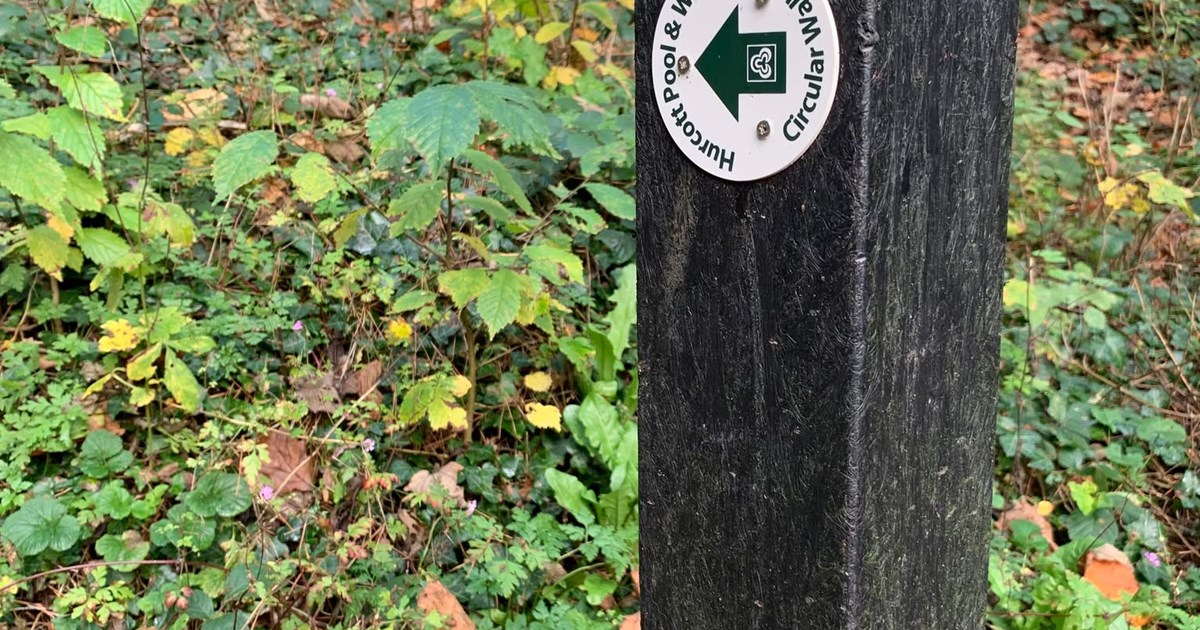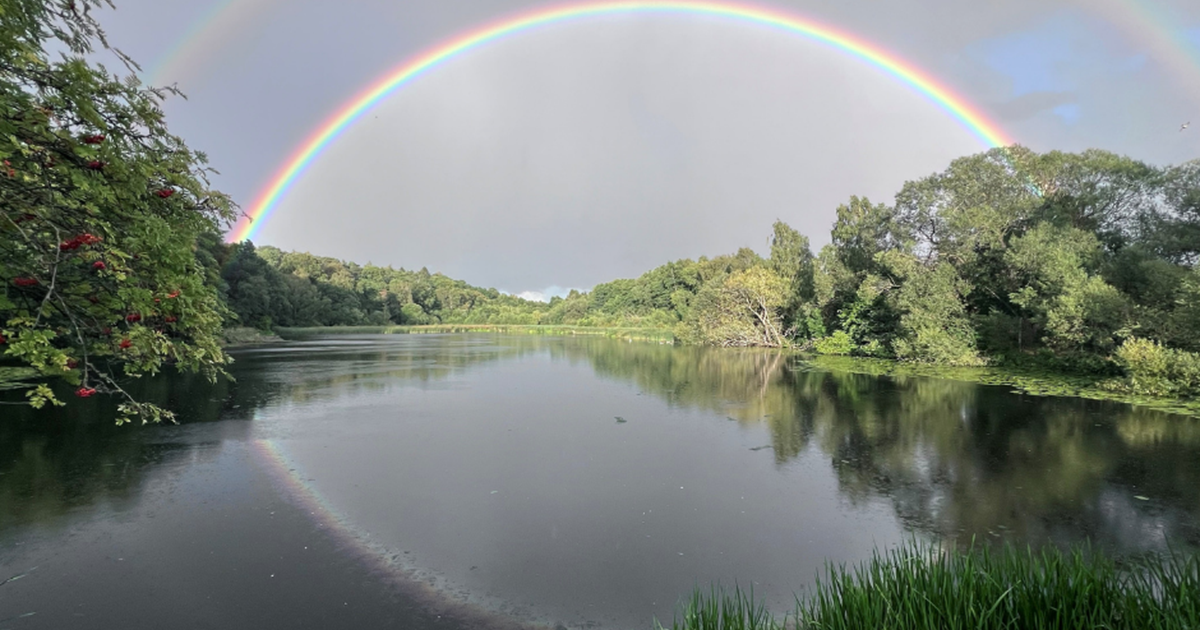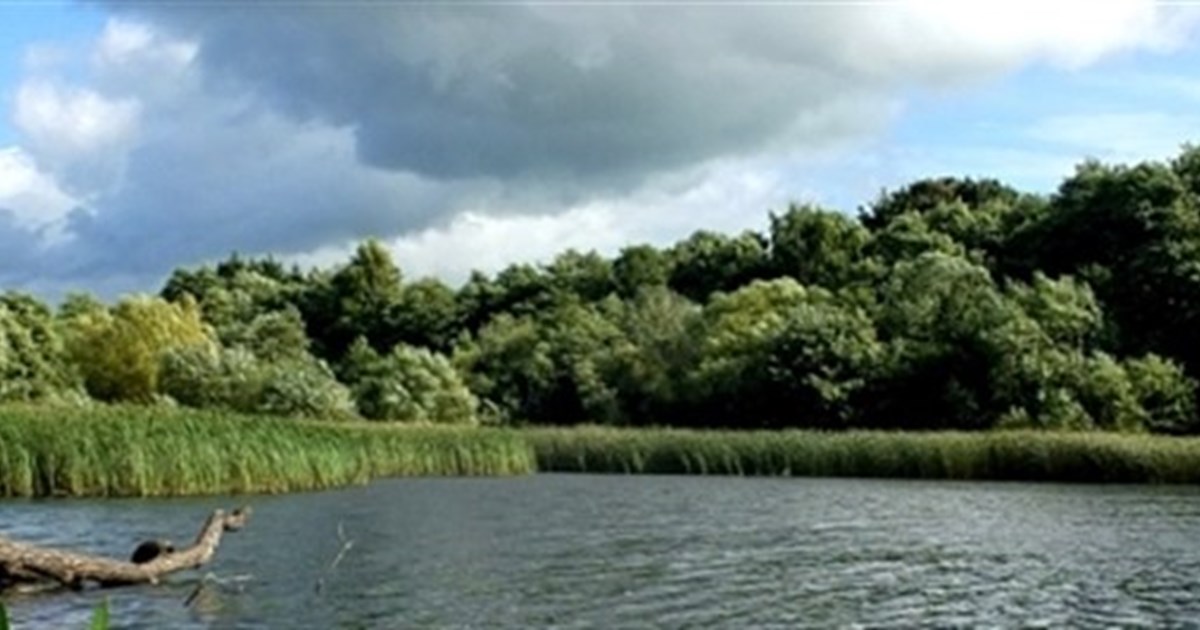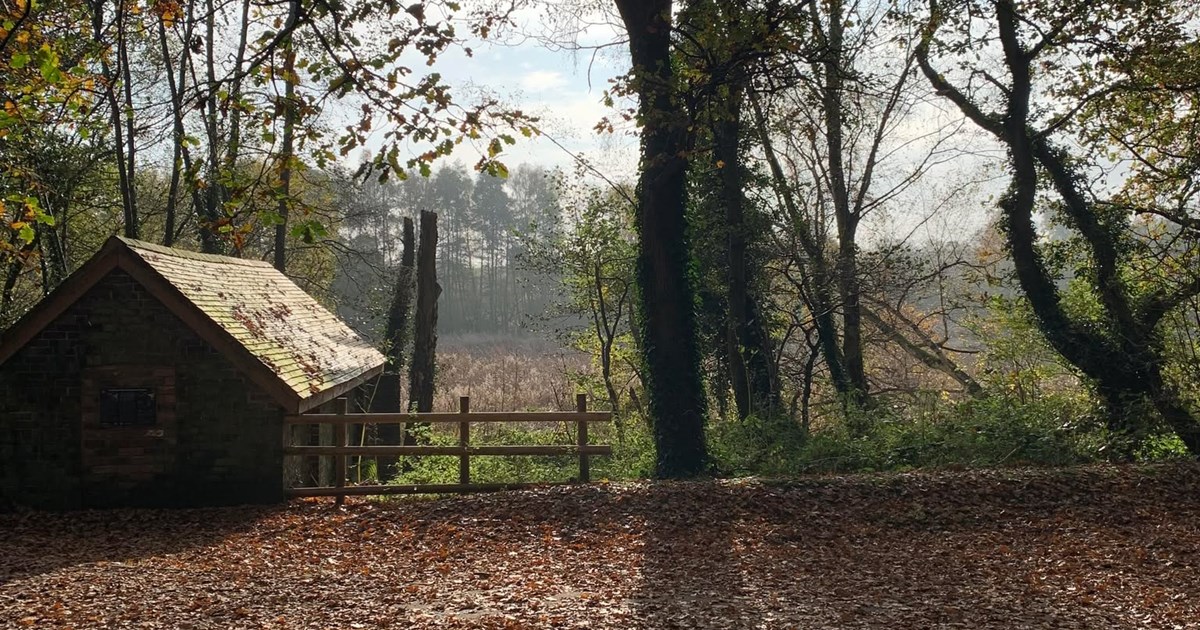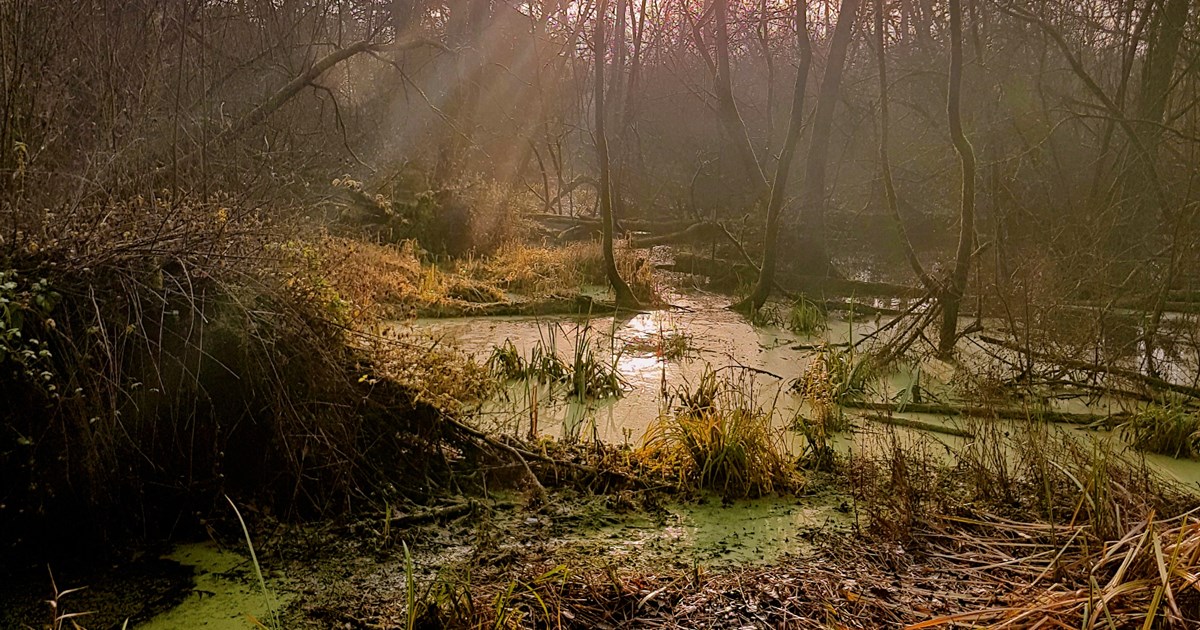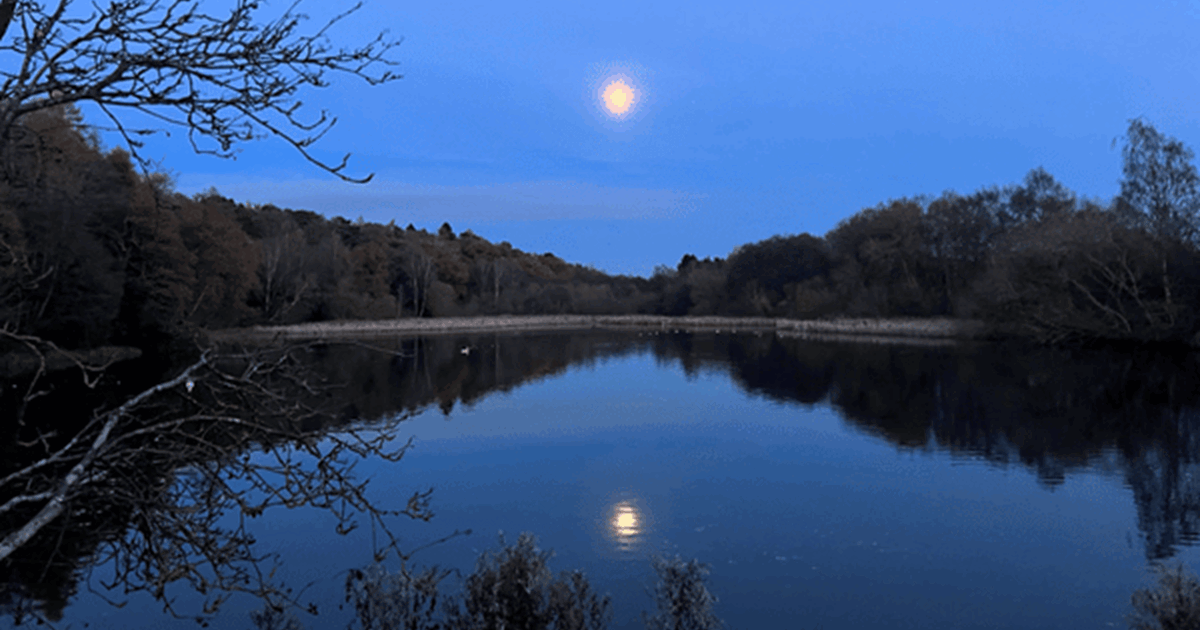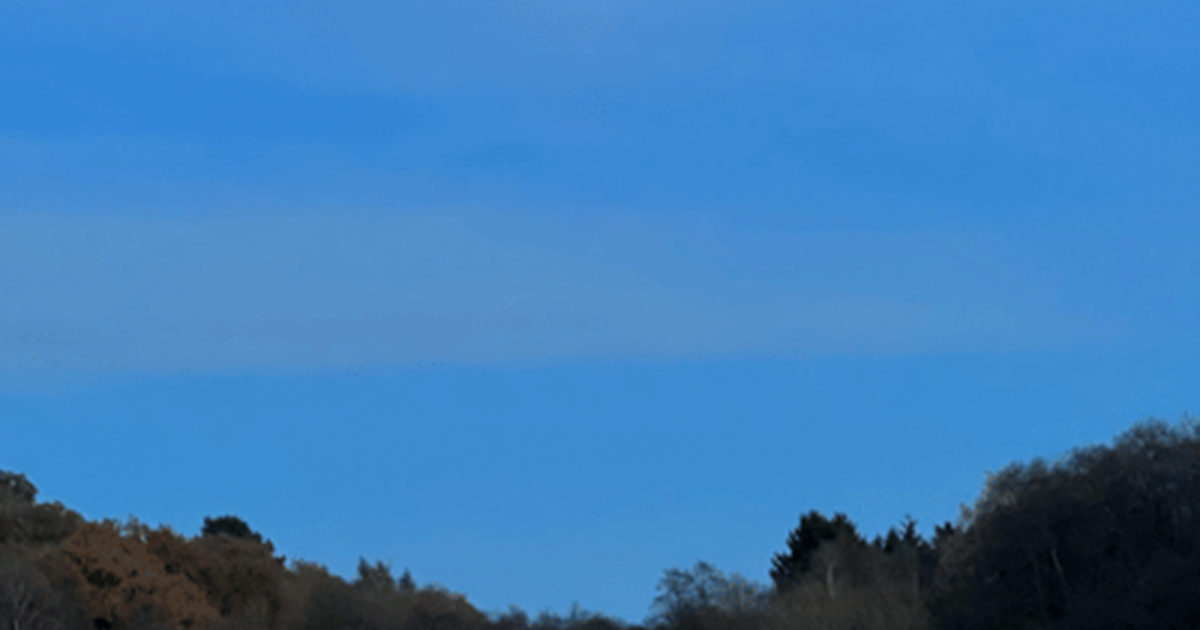Hurcott Pools and Wood - Site of Special Scientific Interest
Nearest to
Hurcott Lane, Kidderminster
Parking
Free parking is available all year round.
Opening times
Every day of the year.
Location
Off Hurcott Lane DY10 3PG
See on Google maps
There is also a pedestrian entrance to the woods located at SO 86446 78120 (DY10 3NL).
Map reference
SO 85150 77941
What3Words
expand.tennis.prop (Visitor car park entrance)
About
The reserve is approximately 50 hectares (124 acres) in size and is a designated Site of Special Scientific Interest (SSSI) for its wetland habitats, in particular, the wet woodland.
The site has been open since October 2001 and has seen large visitor numbers. The soft sandy soil within the reserve has meant that erosion caused by dogs has become an issue especially around the main entrance area; which has lead to areas needing reinforcement with low fences. Because of the risk of erosion, cycling and horse riding is not permitted. The wetland area has no public access due to the sensitive nature of its wildlife.
The site consists of mixed broadleaf and coniferous woodland forming the northern side of the valley. The woodland flora is largely areas of bluebells with bramble patches, bracken and various fern. There are also a few patches of rhododendron that need to be controlled.
The valley consists of open water, willow and alder carr woodland/wet woodland. As with the majority of the UK’s wetlands, Hurcott’s wet woodland has suffered for many years from gradual and worsening drying due to falling ground water levels. Substantial works have been carried out by the Environment Agency, installing a series of adjustable weirs, which provide the opportunity to seasonally flood the wetland area, mimicking natural events. The drying out had allowed undesirable plants such as Himalayan balsam and stinging nettle to begin to dominate. The ability to flood these areas will increase the amount of expected wetland flora like greater tussock sedge, marsh marigold and yellow flag Iris. If visitors can overlook the summer presence of mosquitoes and horsefly around the wetland area, they can expect a striking, almost prehistoric view through the wet wood. Many species of dragonfly can be seen hunting and breeding during summer months, including the rarely seen scarce chaser. Grass snake, common toad and heron are regular visitors to both the wet wood and open water habitats of the pool, while great crested grebe regularly use the reed beds in the main pool to rear their young.
Stay up to date
Find out what's happening across the district!

